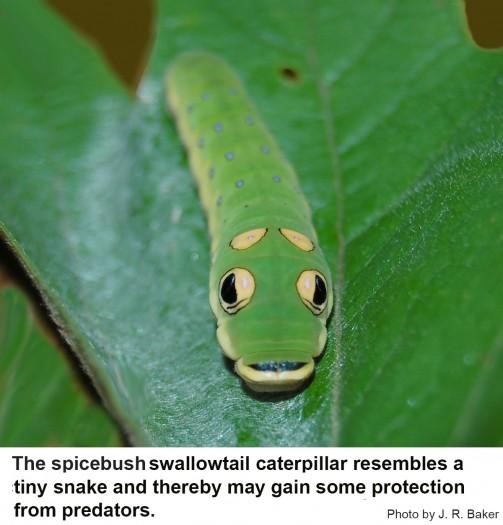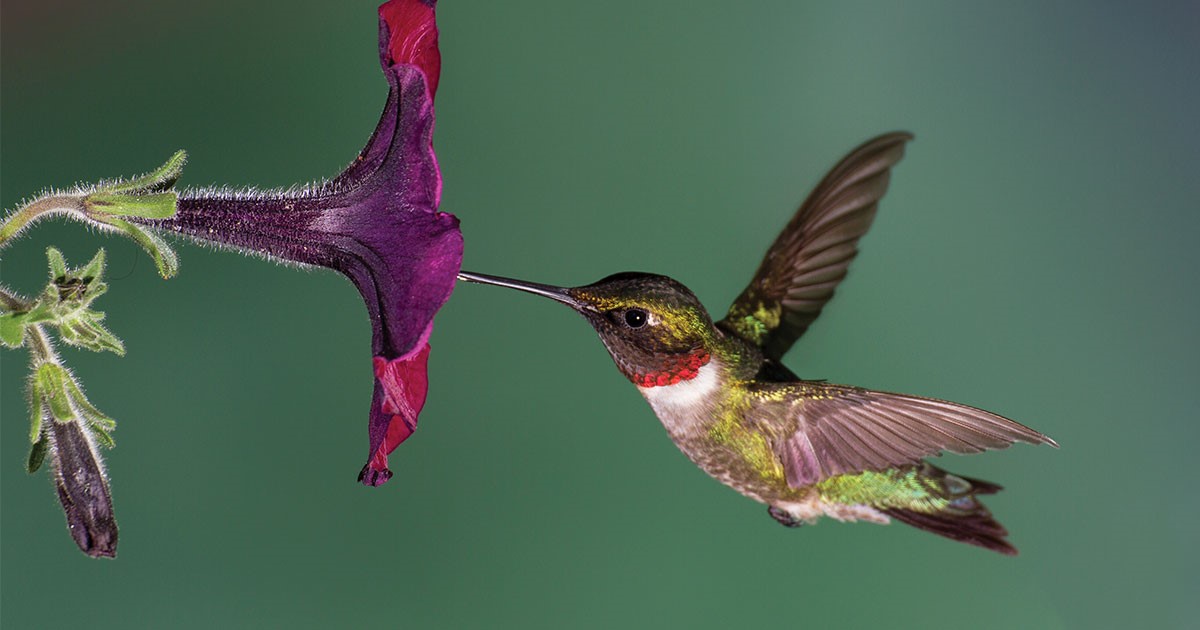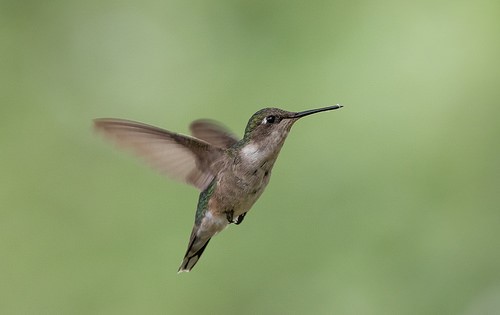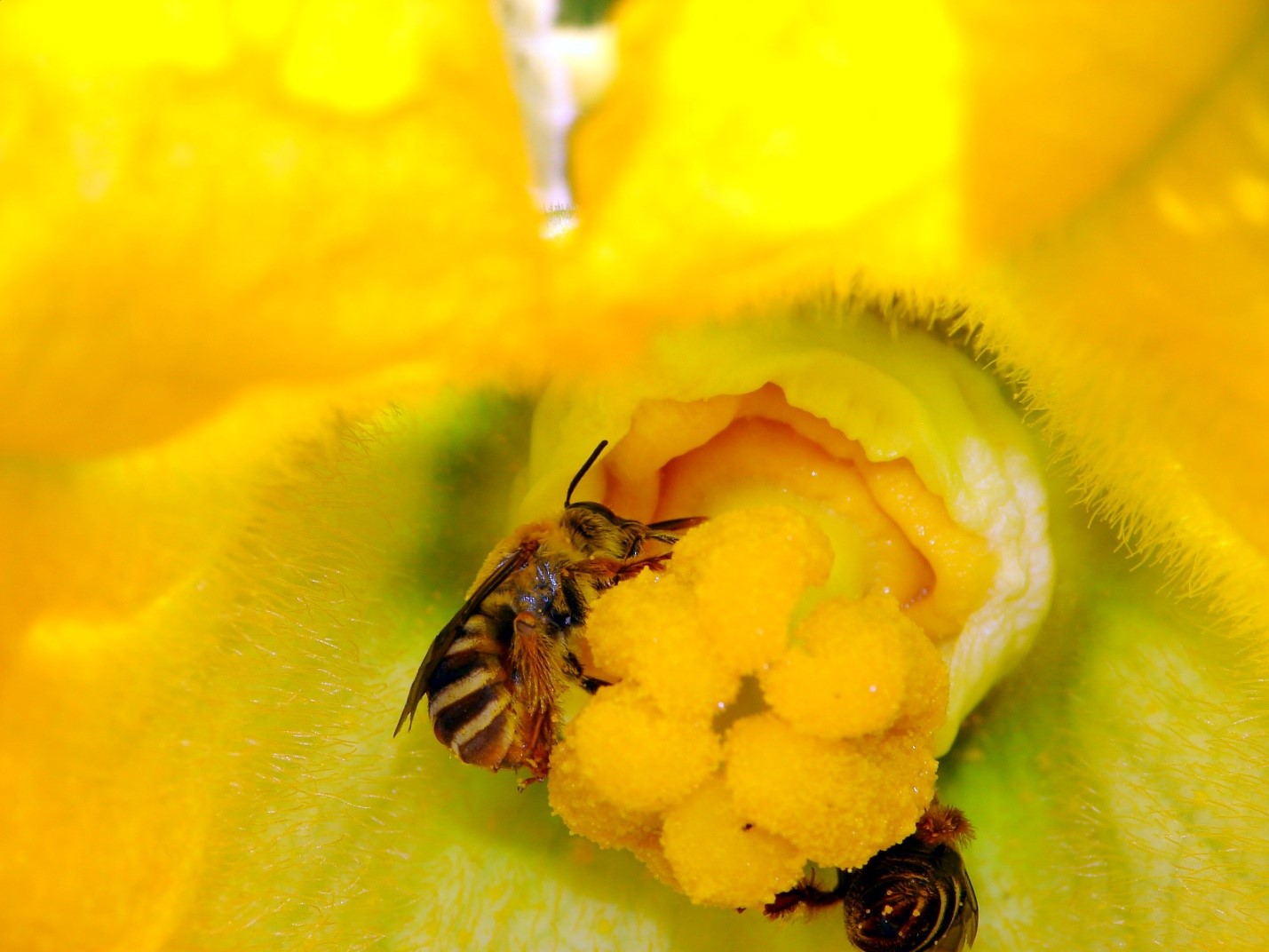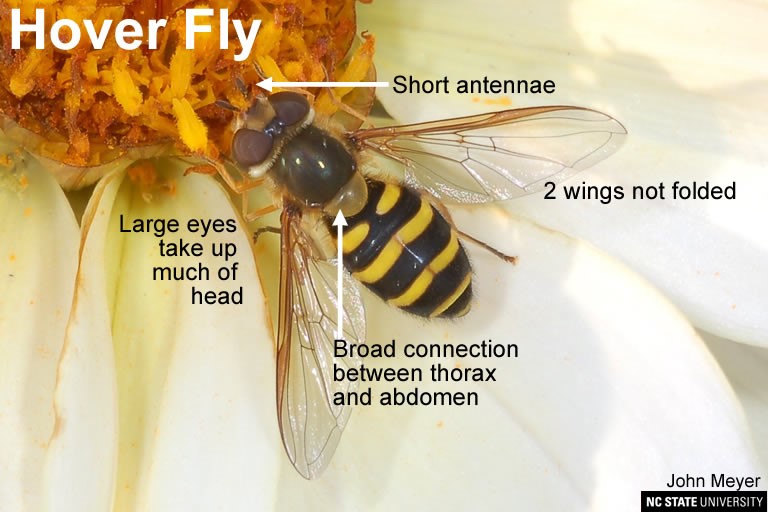June Is National Pollinator Month
go.ncsu.edu/readext?802394
en Español / em Português
El inglés es el idioma de control de esta página. En la medida en que haya algún conflicto entre la traducción al inglés y la traducción, el inglés prevalece.
Al hacer clic en el enlace de traducción se activa un servicio de traducción gratuito para convertir la página al español. Al igual que con cualquier traducción por Internet, la conversión no es sensible al contexto y puede que no traduzca el texto en su significado original. NC State Extension no garantiza la exactitud del texto traducido. Por favor, tenga en cuenta que algunas aplicaciones y/o servicios pueden no funcionar como se espera cuando se traducen.
Português
Inglês é o idioma de controle desta página. Na medida que haja algum conflito entre o texto original em Inglês e a tradução, o Inglês prevalece.
Ao clicar no link de tradução, um serviço gratuito de tradução será ativado para converter a página para o Português. Como em qualquer tradução pela internet, a conversão não é sensivel ao contexto e pode não ocorrer a tradução para o significado orginal. O serviço de Extensão da Carolina do Norte (NC State Extension) não garante a exatidão do texto traduzido. Por favor, observe que algumas funções ou serviços podem não funcionar como esperado após a tradução.
English
English is the controlling language of this page. To the extent there is any conflict between the English text and the translation, English controls.
Clicking on the translation link activates a free translation service to convert the page to Spanish. As with any Internet translation, the conversion is not context-sensitive and may not translate the text to its original meaning. NC State Extension does not guarantee the accuracy of the translated text. Please note that some applications and/or services may not function as expected when translated.
Collapse ▲Throughout the month of June, we will be highlighting pollinators that you may want to learn more about. These will be posted on our Facebook page.
If you miss a post on our Facebook page, no worries you can find them all on this page. Enjoy!!
1st Post: Spicebush Swallowtail (Pterourus troilus)
Our first shout-out for National Pollinator Month!
Check out this gorgeous, blue beauty! This pollinator is the spicebush swallowtail (Pterourus troilus), which are common to our area, feeding on… you guessed it, spicebush. The swallowtail caterpillar also feeds on tulip tree flowers, sassafras, and red bay. Zinnias, milkweed, verbena, and lantana are some of the plants they love for nectar in the butterfly stage. Even though the huge eyes on the caterpillar stage of this pollinator may look scary, they are harmless! They use those markings for protection against other predators. Click the links for more pictures and information on this lovely pollinator.
Butterflies of North Carolina – Spicebush Swallowtail
2nd Post: Bees
3rd Post: Ruby-Throated Hummingbird
The ruby-throated hummingbird is very common to North Carolina because they are the only species of hummingbird that breeds in our state! Ruby-throated hummingbirds feed on small insects and nectar of plants that have tubular flowers, such as red buckeye, cross vine & trumpet creeper, butterfly bush, fuchsias, beebalm, and many more (pollinating these plants as they go)! These insects and flowers are crucial to their diet. So, think about adding some of these plants to your landscape, and don’t go too heavy on insect sprays (they are a great biological control for you at NO COST!).
For supplemental nectar sources, hummingbird feeders are great! DO NOT USE: red dyes, honey, brown sugar, or fruit juice; they tend to spoil and can be very harmful to them (sometimes even fatal). A mix of 4 parts water to 1 part granulated sugar will work perfect and you can store any extra in the refrigerator! You should also clean your feeder (jug part and the port holes) every time you refill because they can build up with mold and thick, cloudy fluid that can be harmful as well. A hot water and vinegar solution is recommended instead of soap, in case any soap solution were to linger any of the feeder parts.
Controlling ants on your feeder stands can become a struggle too. The best item to get for this is an ant guard that is like a plastic cup that you hang directly from the feeder with water in it. The ants will get to this moat and get stuck in the water and not be able to get to the actual feeder hanging below.
Hanging up multiple feeders in various places around the yard is also a good idea because hummingbirds become territorial of feeders, often shooing others away keeping them from the nectar. “Feeders can be left up year-round. Ruby-throated hummingbirds are neo-tropical migrants that will migrate even if feeders are left up, and some individuals or other unusual hummingbird species (e.g., rufous hummingbird) may visit a feeder during the winter. Most ruby-throats leave North Carolina and other southern states by mid-October and don’t return until late March” (N.C. Cooperative Extension & North Carolina Forest Service).
Check out more information on hummingbirds here!
N.C. Cooperative Extension & North Carolina Forest Service. (n.d.). Attracting Hummingbirds. GOING NATIVE: Urban landscaping for wildlife with native plants. Landscaping for Wildlife with Native Plants
4th Post: Plants for Pollinators
There are so many different types of pollinators it’s hard to keep up with them all! And just like people, they all like different foods to eat! SO, this post will be a list of some various types and styles of plants you should have in your flower beds to attract all kinds of pollinators!
Tips:
- Plant flowers to bloom in each season (spring, summer, fall)
- Plant 3 different species blooming each season
- Plant at least 3 of each variety
- Open form flowers are best (double blooms make it harder for pollinators to enter)
Spring bloomers:
- pansies
- serviceberry
- dianthus/sweet William
- eastern columbine
- blue star
- beardtongue
- wild indigo
- bee balm
- spiderwort
Summer bloomers:
- sunflower
- bluebeard
- herbs
- milkweed
- cosmos
- hyssop
- blueberry
- sourwood tree
- squash
- purple coneflower
- black-eyed Susan
- joe pye weed
- button bush
- butterfly bush
Fall bloomers:
- aster
- goldenrod
- mum
- sedum
Links of Interest!
**Be sure to check out the Growing Small Farms links from Extension Agent Debbie Roos! She is an expert in pollinator gardening and even has one at her office in Chatham County where she gives tours! A virtual tour is linked below along with other lists of pollinator plants she has put together.
*Also special shout out to N.C. Cooperative Extension in Pender County for the great PowerPoint (linked below) of pollinator-friendly plants!
Growing Small Farms Garden Videos
Pollinator Garden Plant List 2021
5th Post: Squash Bee
Many of us should be seeing this little guy around now! If anyone has any types of squash planted, these pollinator specialists only pollinate flowers in the cucurbit family so that we can have squash, zucchini, and pumpkins! About 5,000 years ago, these squash bees (Peponapis pruinosa) were found in Mexico and migrated with the expansion of Native American agriculture. They are semi-solitary, unlike honey bees who have a colony. Females and males usually live in or around squash flowers, sleeping in the closed flowers after noon. When nesting season comes, each female squash bee will then make a nest in the ground, near squash plants, where she will then live and lay her eggs. Young squash bees start maturing between late June and early July. With a healthy population of these squash bees and wild bumblebees, a squash grower would not need to introduce honeybee hives for pollination. The combination of these naturalized squash bees and native bumblebees can do more than 10 times the amount of pollination necessary for the field! Squash bees are actually facing a decline in genetic diversity. Every time the population split and followed Native Americans towards the Midwest, the genetic diversity pool got smaller. Recent genetic diversity decline is also happening from larger squash fields being cultivated, destroying many bees and their nests which are near the squash plants. Take some time today to appreciate these cuties and how they help us grow some of our staple vegetables!
To learn more visit the following links:
- Wild Pollinators Get the Job Done
- Squash Agriculture Bees – 2016
- Rise and Fall of Squash Bees
- Stories from June 2016
6th Post: Fly Pollinators
Did you know that the second most efficient pollinators (behind bees) are flies?? This is the bottlenose fly and the hover fly. Most flies are attracted to pale flowers with pollen, but little nectar sources. While flies are attracted to and pollinate many of the same flowers that bees do, they are also attracted to flowers that have a putrid or rancid smell to them like jack-in-the-pulpits and red trilliums. Flies like the hover fly have markings similar to wasps, bees, and yellow jackets to help them look more like a predator. Hover flies are native to North America and are also beneficial in controlling aphid populations.
More information on fly pollination
Pollinator Month Webinar Recordings
Feel free to watch these awesome webinars about different pollinators and how to be pollinator friendly from the experts!
Diversity of Native Bees with Dr. Hannah Levenson
Developing Habitats for Birds & Bees
How to be “Bat Friendly” Neighbors






